nasa
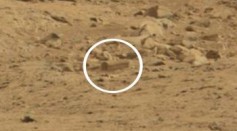
Coffin Discovery on Mars? Why Mars Rovers' Diminishing Memory May Be A Problem for NASA

Coffin Discovery on Mars? Why Mars Rovers' Diminishing Memory May Be A Problem for NASA
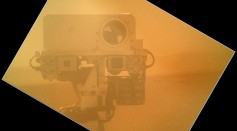
NASA's Mars Rover Seems To Be Going A Bit Senile―It Can't Remember A Thing
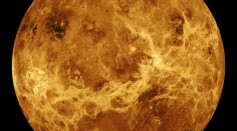
What Lay in Seas of Venus? Researchers Say They May Have Found the Cloudlike Answer

NASA Envisions Floating City High Above in Venus Skies

NASA Selects 4 U.S. Partners to Help Further Spaceflight Industry, No Extra Cost to Government

VIDEO: NASA Captures Spectacular Solar Flare Light Display

Recently Invented Gecko Gloves Excite both Children and NASA

Orion’s Return: What Re-entry Means for the Industry of Spaceflight

NuSTAR Telescope Helps NASA Find Nanoflares on the Sun
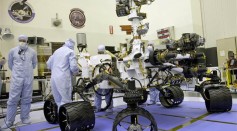
Discovery Sparks Interest—NASA’s Mission to Mars Gets Its Own New Show
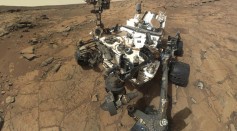
Curiosity Rover Gets Its Own Special—Discovery Channel Tonight
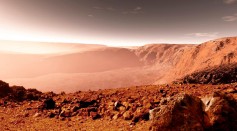
Organics on Mars—Could Life Be Sustained on Red Planet?

Could Water Have Changed the Face of Mars, or Is the Habitability Question too Much to Bare?
Most Popular

AI Revolution in Medical Education: Transforming How Healthcare Professionals Learn

Exploring Life Beyond Earth: Study Claims Other Planets Could Be Suitable for Alien Life

Optimizing Complex Catalog Systems with Graph Theory and Indexing

China’s Tiangong Space Station to Expand Its Capabilities With New Modules






